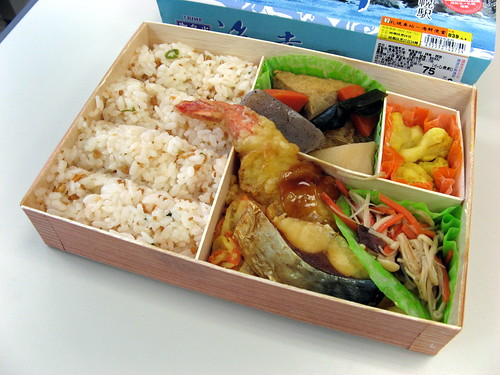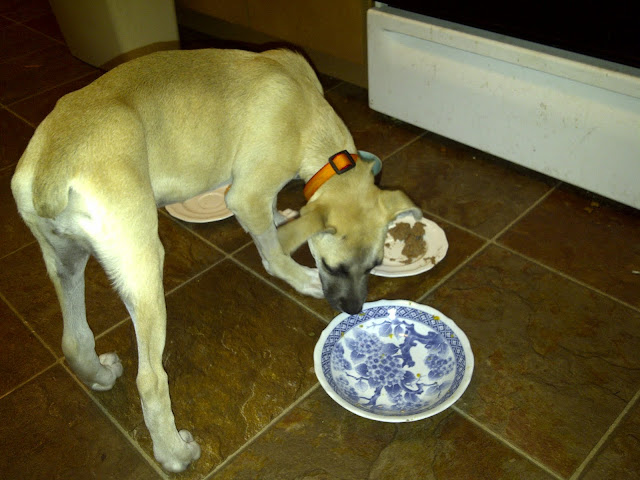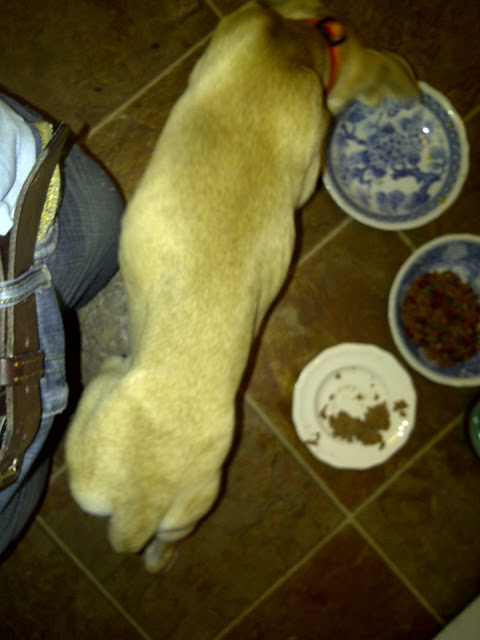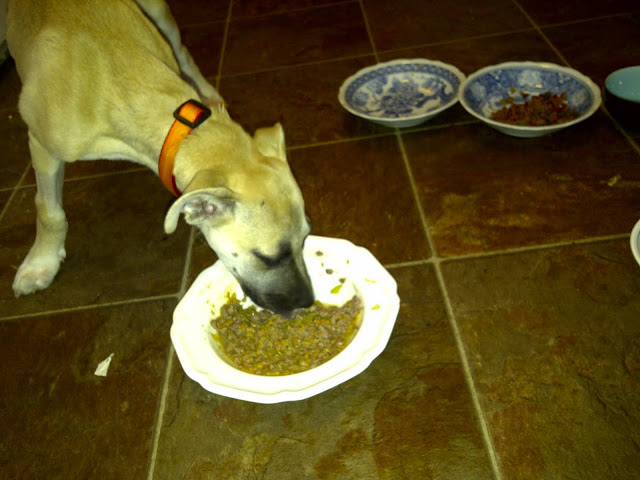Mitar Tarabic (1829-1899) predicted that the last great war would be fought with “cannonballs that do not kill, but that cast a spell over the land, the livestock and the people.” (Aftermath, 2010, L.E. Joseph) The cannonballs whizzing around may not be Listeria or radioactivity in rain. We have many chemical pollutants to choose from as our killing cannonballs.
The Food and Drug Administration regulates the safe use of chemicals in foods and products but the standards used have not addressed toxic effects that can be caused overtime at tiny doses. Drugs are evaluated for cancer risks, total toxic load (how much of the drug would kill a mouse for example) and for teratogenicity – whether it causes birth defects or not. What is not addressed is the research on excitoxins – the free amino acids that act as brain neurotransmitters and messengers throughout the body – and estrogen like chemicals that have been linked to infertility and feminization of animals.
Today’s googling led me from three chemicals found to cause immunotoxicity in sea squirts to marine boat paint and creosote soaked boat dock pilings and lobster cages. Turns out that one of the three, TBTO, was widely used in marine boat poaint in a form that was very unstable. The current paint in less unstable but the TBTO is still allowed for use in the US in ships greater than 25 meters long. Do you think using it on a longer ship makes it safer for the environment or maybe just cheaper for the big boat owners, like say, the Navy, Army, Airforce, and Marines perhaps?
No, I don’t think bigger ships make toxin containing paint any safer than using it on little boats.
Back to sea squirts who live in the sea (with creosote and TBTO and copper sulfate).
I went straight to sea squirts on the long list of animals with research on health effects of chemicals. At the membrane level sea squirts are one of the most basic multi-celled organisms that also have cannabinoid receptors.
The endogenous cannabinoids (eCBs) are not just messenger chemicals but are also membrane building blocks and precursors for other important messengers like the eicosanoids. The eCBs building blocks are actually part of the cellular membrane wall and they can be quickly released in response to changes in calcium or glutamate levels in the cell fluid. Phospholipid and arachidonic acid are released from the membrane and combined into anandamide, an eCB, which might go on to signal changed activity as itself or it might be converted into an eicosanoid with a different message or it might be used to assemble membranes in a different cell (wound healing, baby building, normal breakdown and repair of individual’s cells, or growth of infection/parasitic use). However, if there are constant signals to help, heal, or flee (stress response) then the membranes get more and more “used up”. If the messengers are also the bricks and there are no more bricks coming in on the fertilizer truck the membrane can not be rebuilt. Agribusiness mainly fertilizes with a few nutrients – the basics to achieve growth but with little replacement of trace minerals or compost.
It turns out that compost is important for humic acid and other complex soil compounds that traditional farm dirt has in abundance. Crumbly and black and sweet smelling, farm soil is a good childhood memory. My recent month in a wetland mitigation project reminded me of the difference in soil quality and the impact that has on plants, insects, and small wildlife. The wetland project had five main sections and only one of them had really good dirt and it was the one with the most diverse flowers, insects and even had frogs (seeds were planted in all of them fairly equally but they didn’t all grow the same). There was growth in all of the sections but the creation of “wetland” vs sandy meadow was affected by the soil quality. Fertilizing is not allowed in the regulations – sounds too much like modern medicine – grow a wetland with sand and little water. We’ll see, but I think the buckthorn is winning.
Our climate may be warmer or colder or both and what exactly is the cause is not as important as recognizing and admitting that change is here. Doing nothing is choosing to do something – more of the same that got us in the mess in the first place.
Creosote is leftover from making oil – it is tarry black goo that is painted or soaked into wood. Railroad ties are the most obvious example. The TBTO made cheap boat paint the protected against bacterial rot of the ship. Copper sulfate is used as an pesticide in Dutch Elm disease (I didn’t look into that one as much). All three caused reduced Natural Killer Cell activity and reduced phagocytosis in sea squirts. – The sea squirts weren’t able to protect themselves from infection or decayed/precancerous cells.
In investigating health I found mass die-offs in birds, bats, fish, insects, tress and sickened cantaloupe. Fish meals in Hawaii ahve also been recalled this summer due to Listeria.
 |
| Bento box meal recalled in Hawaii from 7-11 chain stores. |
Quantum mechanics might suggest that we can make matter out of energy – something out of nothing – but I think it is more like making something slightly different out of something slightly similar but in a different form.
See my blogs, Membrane Building Foods and Feed your membranes to spell relief,
for more on eating defensively.
Didn't someone once say that a good fence makes good neighbors?
__________________________________________________________________________
Disclaimer: This information is provided for educational purposes within the guidelines of Fair Use. It is not intended to provide individual guidance. Please seek a health care provider for individualized health care guidance.
1.http://www.pesticideinfo.org/List_AquireAll.jsp?Species=1446&Effect=%27Immunological%27
Sea squirt (Styela plicata) Toxicity Studies – Toxicology studies from the primary scientific literature on aquatic organisms
Copper sulfate (anhydrous)  Show Copper sulfate (anhydrous) studies for all species
Show Copper sulfate (anhydrous) studies for all species
Creosote  Show Creosote studies for all species
Show Creosote studies for all species
Tributyltin oxide  Show Tributyltin oxide studies for all species
Show Tributyltin oxide studies for all species
***Effects for all three poisons include:
immunological Natural killer cell activity
Immunological Phagocytosis
Copper sulfate also had info on:
Immunological Antibody titres
2.http://www.inchem.org/documents/cicads/cicads/cicad14.htm
This report contains the collective views of an international group of
experts and does not necessarily represent the decisions or the stated
policy of the United Nations Environment Programme, the International
Labour Organisation, or the World Health Organization.
Concise International Chemical Assessment Document 14: TRIBUTYLTIN OXIDE (TBTO)
7. http://www.ontariogenomics.ca/outreach/episode-8-brood-14-fact-sheet
CAN CROWS BECOME VIOLENT FROM A DIET OF COPPER SULFATE-LACED CICADAS?
***this was a TV show plot explanation – I don’t think cicadas that ate copper sulfate laced nutrients (from Dutch Elm Disease treatment of tree roots) would hatch well for the crows to be able to eat them, probably and short term craziness in the crow would be less likely then gradual weakening of the immune system and eventual death from infection.
8. http://www.ontariogenomics.ca/
The Ontario Genomics Institute (OGI) is a private, not-for-profit corporation focused on using world-class research to create strategic genomics resources and accelerate Ontario’s development of a globally-competitive life sciences sector.
9. http://www.whygenomics.ca/
9.1. http://www.ontariogenomics.ca/outreach/episode-8-brood-14-sceince-society
10. http://geochange.er.usgs.gov/sw/changes/natural/elnino/
“During an El Niño, the trade winds are too weak to cause upwelling of nutrient-rich waters off the coasts of Ecuador and Peru. Generations of South American fisherman thus have recognized these conditions by the disappearance of their standard catch, commonly during December and January, every three to seven years. Because of the near coincidence in timing between these conditions and Christmas, the fishing communities have called the phenomenon “El Niño”, for the Christ child. The geologic record suggests that El Niño conditions have been a part of earth’s climate for at least several thousand years.”
***good food safety information
13. http://mauidish.com/breaking-maui-foodie-news/possible-food-listeria-contamination-7-eleven-bentos-recalled/ Possible Food Listeria Contamination 7-Eleven Hawaii Bentos RECALLED, by Jen Russo on July 7, 2011 – 11:12 am
14. http://www.inchem.org/documents/cicads/cicads/cicad62.htm#1.2
“Aquatic invertebrates and fish bioaccumulate creosote components, as has been demonstrated mainly for PAHs by field monitoring studies at creosote-contaminated sites, relocation experiments, and laboratory or microcosm studies. Generally, PAH profiles in insects and crayfish were close to that found in sediments, whereas fish had greatly altered ratios for low/high-molecular-weight PAHs. Bioconcentration factors (BCFs) in connection with creosote exposure have rarely been reported. However, BCFs for PAH components from creosote-contaminated sediments have been estimated to range from 0.3 to 73 000.” *** Creosote has many compounds including benzene, fluorene, and fluoranthene
7.5.3 Endocrine disruption
“A coal tar creosote (partial specification: 15 PAHs) has been examined in vitro for estrogen receptor-mediated activity using competitive ligand binding assays and reporter gene assays (Fielden et al., 2000). Creosote was found to bind to the mouse estrogen receptor, bind to the human sex hormone-binding globulin, and elicit partial agonist activity in reporter gene assays in transiently transfected MCF-7 cells (human mammary carcinoma-derived cells). The mouse competitive ligand binding assay (using uterine cytosol from female ICR mice) resulted in an IC50 value (displacement of the labelled ligand from the estrogen receptor) of 135 mg/litre creosote (compared with 7 µg/litre for 17beta-estradiol). Based on these values, it was estimated that creosote has a relative estrogenic potency of 0.000 165 and contains approximately 165 mg/litre of estradiol-equivalents. In the assay with human cells (human pregnancy serum), creosote displaced approximately 50% of the ligand at a concentration of 220 mg/litre; however, an IC50 value could not be determined, because full displacement curves could not be obtained due to the insolubility of creosote at higher concentrations.”
8.2.2.1 Non-cancer effects
Women (281 cases, 216 controls, USA) occupationally exposed to dusts that were primarily wood- and agriculture-related were found to have an increased risk of infertility (OR = 2.87, CI = 1.05–7.88); however, there were no data available to establish an association with the wood preservatives (PCP, creosote, formaldehyde, chromium, or arsenic) commonly used (Smith et al., 1997).
*** That effect may in part be due to the fluorine and fluoanthene and increased thyroid inhibition.
“An increase in susceptibility to infectious disease has been demonstrated in eastern oysters (Crassostrea virginica) exposed to 0, 15, and 30% dilutions of the WSF generated from Elizabeth River sediments. The mean total PAH concentration in this sediment was 2.4 g/kg dry weight. The mean concentration of aromatic compounds in the WSF (more than 100 compounds) was 4.08 mg/litre, with naphthalene, acenaphthene, 2-methylnaphthalene, phenanthrene, fluorene, dibenzofuran, 1-methylnaphthalene, and carbazole being the predominant compounds (concentrations ranging from 0.15 to 1.51 mg/litre). Exposure to these fractions for 56 or 68 days enhanced pre-existing infections caused by the protozoan parasite Perkinsus marinus (Dermo) and increased the oysters’ susceptibility to experimentally induced infection in a dose-dependent manner (Chu & Hale, 1994).”
CDC says 18 deaths tied to listeria in cantaloupe, AP Online, (10-4-2011) BY Mary Clare Jalonick
17. http://www.highbeam.com/doc/1G1-268415671.html ADH Reports Case Connected to Multi-State Outbreak of Listeriosis Linked to Whole Cantaloupes from Jensen Farms, Colo.., States News Service September 29, 2011
18.http://www.ncbi.nlm.nih.gov/pubmed/12043163 Zh Mikrobiol Epidemiol Immunobiol. 2002 Mar-Apr;(2):81-3. [Opportunistic bacteria detected in cultivated mussels].[Article in Russian] Beleneva IA, Maslennikova EF.Institute of Marine Biology, Far East Branch, Russian Academy of Sciences, Vladivostok, Russia.
20. http://news.yahoo.com/scientists-bacteria-spreading-warming-oceans-142213062.html
Scientists: Bacteria spreading in warming oceans By DON MELVIN – Associated Press | AP – Tue, Sep 13, 2011
21. http://www.highbeam.com/doc/1G1-225623023.html Study data from Technical University of Munich update understanding of Listeria.
22. http://www.highbeam.com/doc/1G1-139036416.html Orca Bay recalls crab legs: USDC detects Listeria contamination.(United States Department of Commerce )
Zoonotic Diseases – Listeriosis
 |
| Amazon Link – textbook |
24. http://books.google.com/books?id=NZsS6tbSAFYC&pg=PA637&lpg=PA637&dq=listeria+wild+animals&source=vrt&ots=3sGFgl_eS2&sig=TEOjD7TVh-EpR4VmFYpfdJWK6rM&hl=en&ei=Dj6NTvePIYS2tweWhfWJDA&sa=X&oi=book_result&ct=result&resnum=11&sqi=2&ved=0CHsQ6AEwCg#v=onepage&q=listeria%20wild%20animals&f=false
Elliot T. Ryser, Elmer H. Marth, Listeria, Listeriosis and Food Safety, (page 637)
“Listeria spp can be recovered from non-plolluted environments and the source of this bacterium may very well be from avian species, especially seagulls.[99]”
25. http://www.highbeam.com/doc/1G1-144294853.html Winter wellness: answering your body’s need for nurturance: pamper yourself with herbalist Karyn Sweet.(DEPT.> herbal healing)
 |
| Essential oil of oregano, active compound carvacrol. |
“Oregano means “joy of the mountain” in Greek–let it bring some joy into a cold mountain day. It is a warming herb that can add delicious taste to Italian sauces while soothing the digestive tract and preventing free radical damage. A compound of oregano oil called carvacrol is a powerful antiseptic and so can be used as a gargle to soothe sore throats or mouth inflammations. In aromatherapy, the essential oil is used as a treatment for bacterial and fungal infections. Research has found that it is as effective against bacteria such as listeria, staphylococcus, and E. coli as conventional antibiotics. Use of the diluted essential oil may alleviate toothache, gum infections, athlete’s foot, psoriasis, or eczema. Oregano’s antiseptic properties can be enjoyed by grinding it into soap and its anti-inflammatory properties can be released in homemade salves and oils. Furthermore, oregano’s use as an expectorant makes it particularly useful during these winter months. Add a strong infusion to the bath and relax in the warm water while the winds blow cold outside. ”












